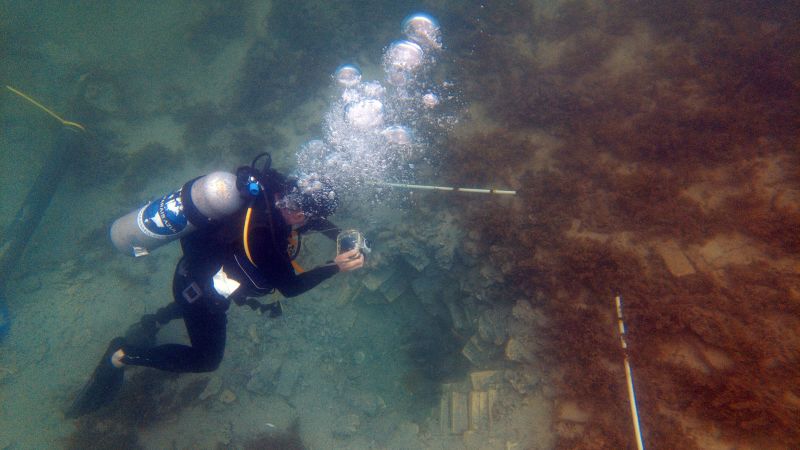Marine archaeology has taken a fascinating turn as researchers have confirmed the identities of two shipwrecks discovered off the southern Caribbean coast of Costa Rica. The National Museum of Denmark announced that these wrecks belong to Danish slave ships that perished over three centuries ago. This discovery has not only shed light on the ships themselves but also restored the ancestral lineage of an entire community in Costa Rica, which has roots tracing back more than 300 years.
For a long time, the two shipwrecks were assumed to be remnants of pirate vessels, existing in the shallow waters near Cahuita National Park. According to local fishers, the scattered and broken remains of the ships suggested they may have been involved in a fierce battle before sinking. However, the narrative shifted dramatically in 2015 when American marine archaeologists uncovered yellow bricks within one of the wrecks, prompting a re-evaluation of their identity.
These yellow bricks, manufactured in the German town of Flensburg during the 18th and 19th centuries, were suitable for use in Denmark. They were out of fashion in other parts of Europe and held significant historical implications. Earlier historical accounts had documented the sinking of two Danish slave ships, the Fridericus Quartus and the Christianus Quintus, off the Central American coast in 1710, but their locations remained a mystery until this recent excavation conducted by marine archaeologists from Denmark’s National Museum and the Viking Ship Museum.
In 2023, an underwater excavation was carried out, resulting in the extraction of wood, clay pipes, and bricks from the wreck sites. These findings led researchers at the National Museum and the University of Southern Denmark to confirm that historical records aligned with their discoveries. The wood from one of the wrecks was dated to originate from the Baltic Sea region, indicating it was cut down between 1690 and 1695, signifying its Danish roots. Additionally, the craftsmanship of the yellow bricks was consistent with the specific measurements used in Denmark, further cementing the connection.
Marine archaeologist David Gregory, leading the project, noted that the convincing analyses confirmed the wrecks were indeed Danish slave ships. The discovery of charred and sooty timber fit the historical accounts stating that one ship had been set on fire. His colleague Andreas Kallmeyer Bloch echoed that this excavation was significant not only for its relevance to Danish naval history but also for the local community of Costa Rica, as it provides essential pieces of their identity lost to time.
The narrative surrounding these ships includes events steeped in drama—rebellion, navigational errors, and mutiny. Historical records reveal that a rebellion occurred aboard the Fridericus Quartus while en route from Ghana to St. Thomas. Compounded by a terrible navigational mistake that led them to Costa Rica instead of Barbados, confusion also amongst the crew and enslaved individuals led to a mutiny. Out of the 800 individuals aboard the two vessels, many ended up abandoned on the coast of Cahuita, irreversibly altering their lives and legacies.
The importance of this discovery extends beyond stones and wreckage; for the local population, it is a pivotal link to their heritage. For descendants like Celia Ortíz, whose mother is connected to one of the enslaved men aboard these ships, it has been a poignant revelation that brings dignity and identity to their shared narrative. Her sentiments reflect the sentiments voiced by many community members involved in uncovering their past, giving them pride in their lineage.
The decade-long effort to connect the historical significance of these veritable “floating relics” to the identities of the local descendants culminates in a broader understanding of the Afro-Costa Rican heritage long obscured in historical records. It tells a tale of resilience and survival, a reminder that history frequently offers new insights into narratives shaped by human struggles, identities, and legacies. Thus, these shipwrecks represent not only a maritime mystery but also take on a cultural significance that reshapes the understanding of national identities, both in Denmark and Costa Rica.



